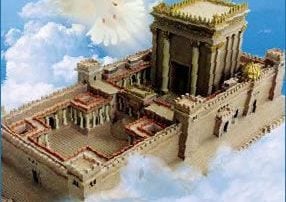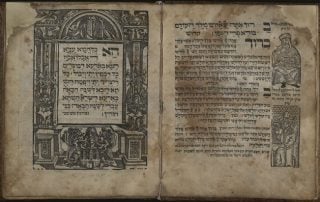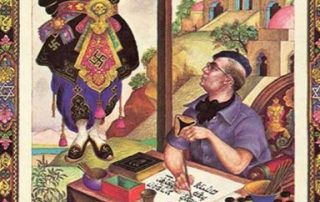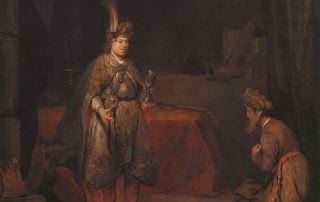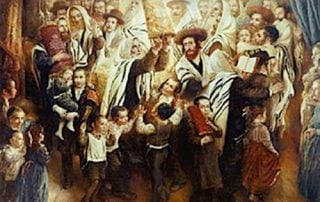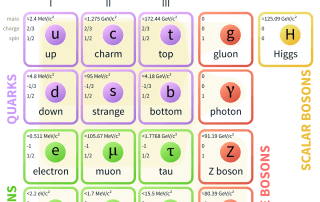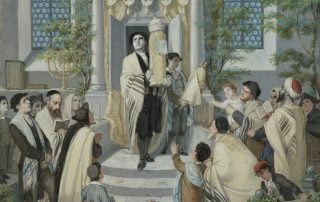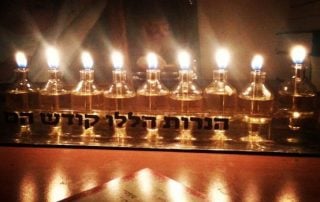Jewish Holidays
Sabbatical Year – when the Wavefunctions are Collapsed
The Torah portion, Re’eh, talks about the Sabbatical Year—in Hebrew, Shemitah—the Seventh year. When the Sabbatical year comes, all loans are forgiven, and Jewish servants go free. This is difficult to understand. Why would a lender forgive a loan just because it’s the seventh year in the Shemitah cycle? Why would slaves be set free just because it’s the Sabbatical year? Another question is why do we translate Shemitah as the “Sabbatical year”? Besides the fact that it is the seventh year, and Shabbat is the seventh day, what connects the word “shemitah” with Shabbat? As Rabbi Yehoshua Steinberg writes in Biblical Hebrew Etymology, (see Re’eh: The Slippery Year? – The Wonders of the Holy Tongue), the three-letter root of the word “shemitah” – Shin-Mem-Tet – connote falling, collapsing, slipping, weakening, or disintegration. The two-letter [...]

